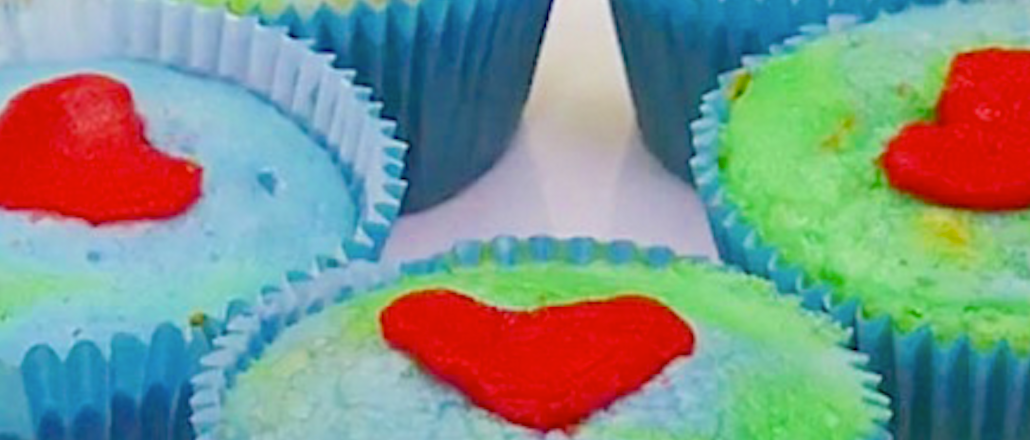Save 50% on a 3-month Digiday+ membership. Ends Dec 5.
Viral site LittleThings is building a $50 million ad business largely from programmatic

Most publishers would like to minimize their dependence on programmatic advertising. After all, it still tends not to be as lucrative as direct-sold advertising, which has the added benefit of giving a site a premium sheen.
LittleThings is a 2-year-old viral site based on inspirational, feel-good stories like Earth Day Cupcakes Are The Perfect Way To Celebrate Mother Nature that grew to 50 million monthly uniques on the back of Facebook. LittleThings has a small direct sales business, but it’s committed to having programmatic be the bulk of its business. That’s because the publisher has nailed a lucrative formula by which it’s poised to double its ad revenue to $50 million this year, according to CEO Joe Speiser.
LittleThings started out by using “waterfalling,” a technique that lets publishers move their inventory from one ad network to the next to sell the most inventory possible and at the highest rate possible. But, as is typical in waterfalling, each time it would go down the ad network chain, the publisher saw only minor financial benefit, and risked data leakage.
So LittleThings switched to header bidding, where publishers offer inventory to multiple exchanges at the same time to get multiple buyers bidding at once to get the highest rate possible. LittleThings built its platform using a Yieldbot wrapper, a sort of starter kit that creates rules to organize buyers.
Building the system itself gave LittleThings more control over things like how how fast each bid has to come in. Favoring fast-loading ads could ensure that the winners would be highly viewable, and people more likely to click on them. “We wanted more control over the process ourselves,” Speiser said. “The first ad on mobile, you can’t wait at all — it’s 600 milliseconds. For other further down, you can afford to wait and get higher CPMs. You can get pretty granular.”
By selling this way, LittleThings grew its ad revenue by 30 percent over the waterfalling solution, for an average CPM of $10, Speiser said.
Monetizing programmatic inventory still has its limitations, though. Branded content and other lucrative custom campaigns require a human touch. That’s why LittleThings is hedging its bets by building a small direct sales team, starting with seven people. By the end of the year, LittleThings expects non-programmatic revenue to be about 10 percent of the business, up from about 2 percent now. “We’re selling our impressions for a lot less than if we sold them ourselves,” Speiser said. “You’re not going to get high $20s in programmatic.”
As digital spending moves away from the traditional direct-sold business and agencies cnarrow the number of digital publishers they work with on this basis, programmatic has become an efficient vehicle for emerging publishers to break into a very crowded marketplace, said Scott Bender, global head of publisher strategy & business development at Prohaska Consulting.
For publishers selling direct and programmatic, the challenge often is to make sure that inventory is distinctive from what buyers can get cheaper programmatically.
To make sure its sales forces don’t compete, LittleThings is limiting direct-sold ads to products that can’t be sold programmatically, such as sponsorships and video product placement, Speiser said. “That’s something you can’t do with programmatic.”
Image courtesy of LittleThings.
More in Media

‘The Big Bang has happened’: Reach gets proactive on AI-era referrals, starting with subscriptions
This week, the publisher of national U.K. titles Daily Mirror, Daily Express and Daily Star, is rolling out its first paid digital subscriptions – a big departure from the free, ad-funded model it’s had throughout its 120-year history.

Arena Group, BuzzFeed, USA Today Co, Vox Media join RSL’s AI content licensing efforts
Arena Group, BuzzFeed, USA Today Co and Vox Media are participating in the RSL Collective’s efforts to license content to AI companies.

Marketers move to bring transparency to creator and influencer fees
What was once a direct handoff now threads through a growing constellation of agencies, platforms, networks, ad tech vendors and assorted brokers, each taking something before the creator gets paid.





